DRAPER — Jennifer Whitehead said she was “praying” the drop of blood taken from her finger would contain antibodies indicating she’d likely had COVID-19.
A physician assistant who works in a neonatal intensive care unit, her fear of the new coronavirus was intensified by the fact that she has asthma.
“I personally was very worried that if I did get it, I would be very, very ill,” she said. “I knew I was high risk because I work in health care, so I’ve been very cautious.”
Then several Salt Lake County municipalities offered the chance to pay $69.99 for a test designed to detect antibodies against the virus that causes COVID-19. The first day of testing was Wednesday in Galena Park in Draper, and Whitehead was among the first in line.
Whitehead said she began to suspect she’d had COVID-19 when, in just the last few weeks, she read articles asserting that the virus may have been in the U.S. as early as January. She started thinking about an illness she battled in February after skiing with her son.
“I got really sick in February,” she said. “Dizzy, shortness of breath. ... I was sick in bed for about four days. I even had a low-grade fever. I was so sick I went in to be tested for the flu, even though I’d been vaccinated, but my flu test was negative.”
Could it be she had COVID-19 before she even knew much about it?
Yes. It’s possible.
Whitehead’s test was positive.
“It’s a complete relief,” she said. “But at the same time, I know it doesn’t change anything. ... But I just didn’t know how my body was going to react, and that’s what’s killing people. That’s why I wanted to know. ... I’ve just been really paranoid.”
It’s easy to understand why Whitehead wanted the test, even with all of the disclaimers warning the results may or may not be meaningful. If there is one universal feeling when it comes to COVID-19, it’s uncertainty. It’s a new virus, so it feels like everything is a guess. Even Utah Department of Health epidemiologist Dr. Angela Dunn offers advice with qualifications that we’re still learning about the virus that has now killed more than 90,000 Americans.
So much is based on what infectious disease experts know about related viruses — how it spreads, how long a person is contagious, the incubation period, how long it takes to recover, and whether reinfection is possible. Even the list of symptoms has changed and expanded as doctors have studied COVID-19 patients.
Elected officials struggled with whether or not to shut down businesses, and which businesses, and now they’re grappling with when and how to safely reopen. Business owners agonize over whether or not they can keep their employees and customers safe, while all of us wonder when we safely can hug friends, go to a movie or visit elderly relatives.
If the cruelest aspect of COVID-19 is the way it isolates us, the most difficult aspect is the uncertainty associated with it.
I sat in my car for more than an hour waiting to take the test because I’ve traveled to outbreak hot spots like the Navajo Nation and begged people with COVID-19 to share their stories with me, oftentimes in person. I have been careful, although I admit to violating the six-foot rule a few times because, frankly, having a conversation where both people are wearing masks makes it incredibly difficult to hear, understand and have any kind of human connection.
But, for the most part, I’ve been very cautious. I do wonder how much Lysol (in aerosol form) I’ve inhaled and whether you can poison yourself with a mix of Clorox wipes and hand sanitizer.
I’ve had no symptoms, and I wasn’t really nervous about contracting the virus. But as I’ve written stories about asymptomatic carriers, I started to wonder if my decision to keep working, even with precautions, was endangering my family. So, I paid the fee and sacrificed about an hour and a half.
My test was negative.
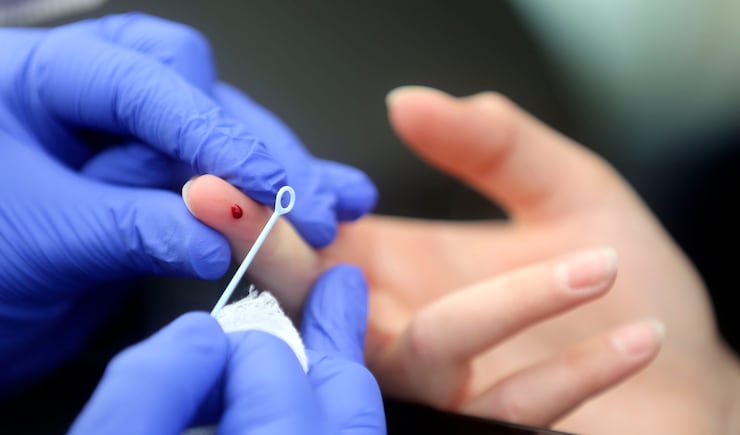
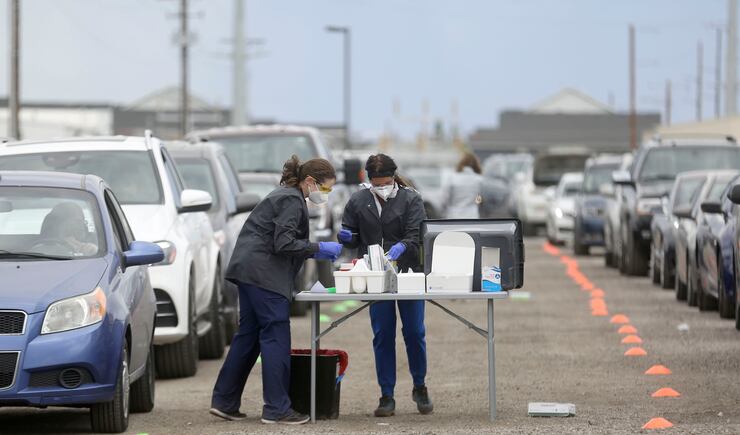
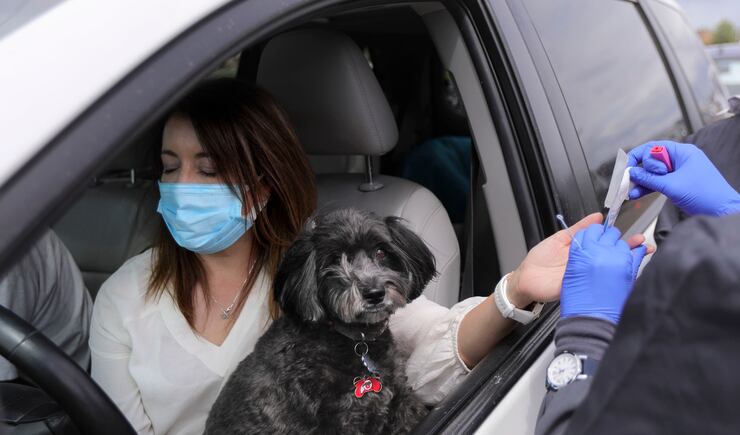
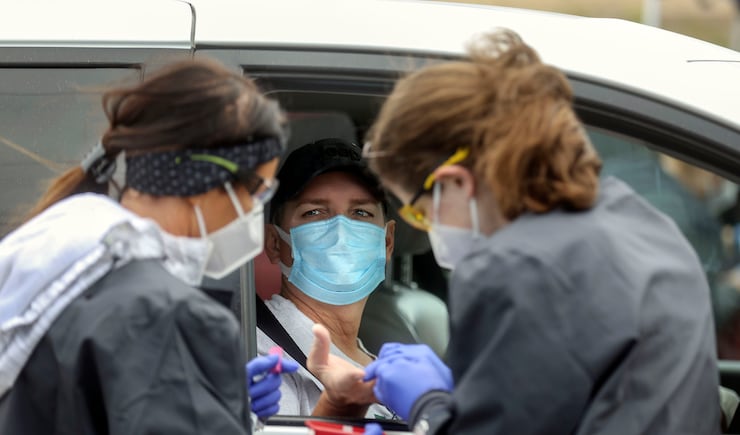
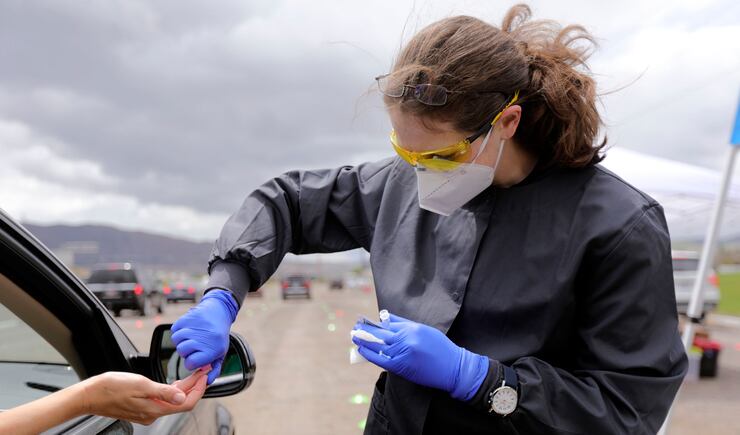
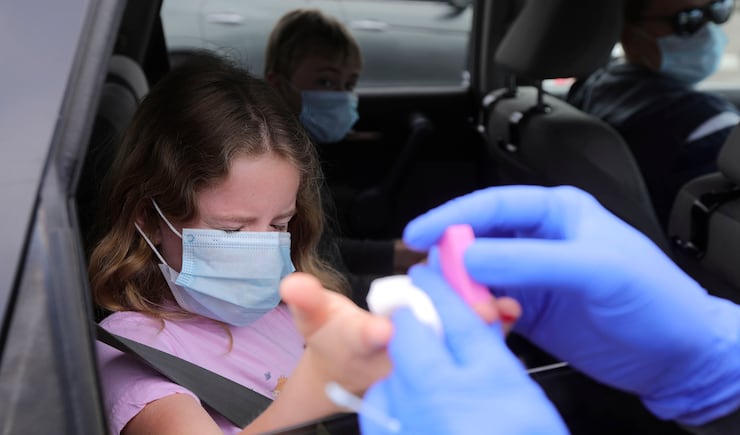
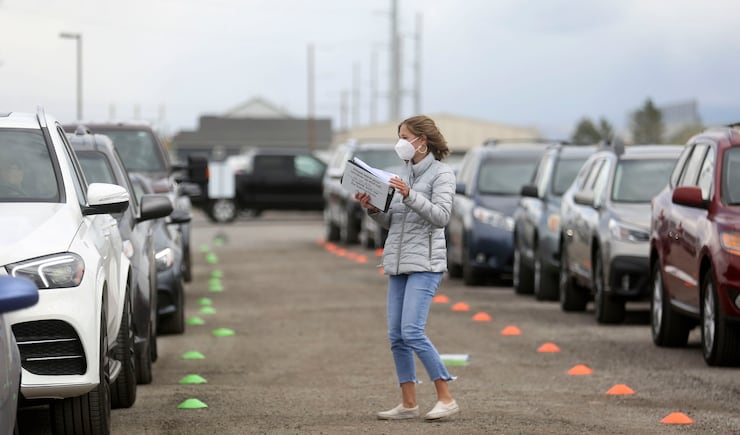
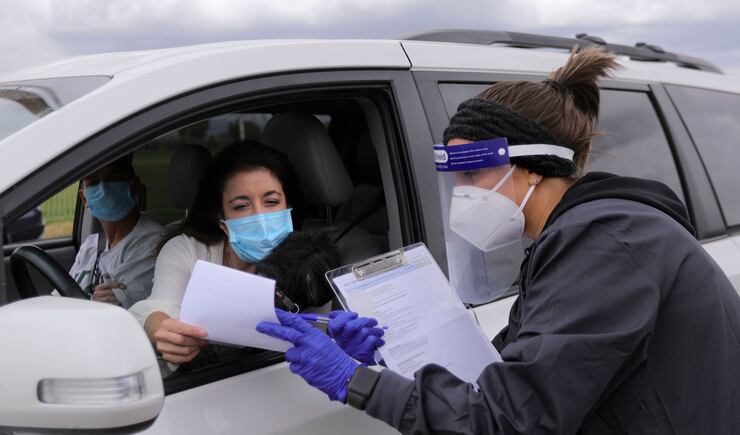
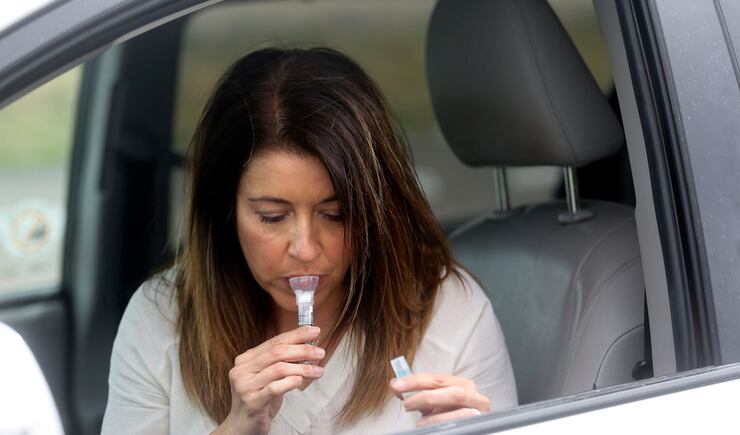
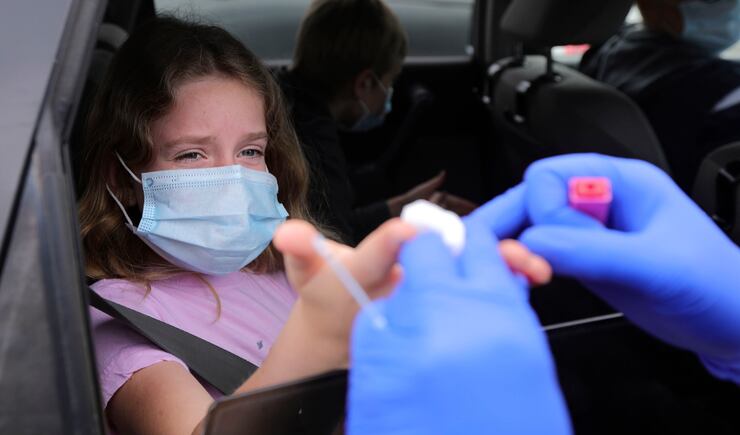
Draper Mayor Troy Walker said the four cities that offered the tests sold out of 2,500 spots in 48 hours, and my first question to him was why would a municipality offer this to its residents?
Turns out everyone is hoping for a little bit more certainty.
“When we first went into shutdown mode, we (Walker and the Draper City Council) were worried about our economic future,” he said. “If you look at any city’s budget, sales tax is how we pay the bills.”
Without the vibrant economy that has come to define Utah, how will cities and counties pay to keep going?
“We’ve been working on some things to get us back to work safely,” he said, admitting trying to balance the public health concerns of COVID-19 with the many adverse effects of an economic crisis has been agonizing. “What I’m hoping we get from it is the rate of infection. How many people out there have had it. ... We’re just trying to offer another component.”
Walker notes Draper is home to a number of tech companies, and one of them, Spectrum Solutions, offers a saliva test that detects COVID-19. Conversations with executives from Spectrum Solutions led to an exploration of what types of tests are available.
“I started thinking if we could put the two things together (antibody test and a saliva-based COVID-19 test), I know we can’t make a diagnosis, but we could get a better picture of how widespread the virus was,” he said.
After Whitehead tested positive for antibodies, she was given a saliva test that told her whether or not she had an active COVID-19 infection.
“We may find people who are actively infected but are asymptomatic,” Walker said. “That’s as valuable information as you can get. ... We’re also doing a random 5% that will get the saliva test.”
The cities — Draper, Riverton, Herriman and Vineyard — are sharing their information with the Salt Lake and Utah county health departments. Walker said he and the other municipal leaders feel the testing will provide just a few more pieces to the puzzle as they try to navigate the myriad of issues associated with an infectious disease outbreak.
Walker acknowledges that the price, like the one that had to be paid when I made my reservation, is a barrier that could leave out some sectors of the population and create gaps in the data.
“I encourage other cities to get on board and do what we’re doing,” he said. “Some mayors wanted to subsidize the tests, and we might look at that in the future for those who can’t afford to pay for it. There’s some question about whether our federal COVID money might help pay for that. We’re just trying to think about what the future might look like.”
It’s safe to say everyone hopes that future offers a balance between a thriving economy and a community that doesn’t thoughtlessly endanger a percentage of residents. I was relieved after my test, but mostly to know my decision to keep working in ways I felt were important didn’t endanger my family, two of whom are considered high risk.
Whitehead felt that relief too, even as she said she wouldn’t change much of what she did everyday. She still plans to change out of her scrubs and shower when she returns home from a hospital shift.
“I’ll still take precautions,” she said. “But it did provide me with some reassurance. I’m not going to be so terrified because of my underlying asthma problems.”
So a few hundred people left a Draper park with a small piece of certainty Wednesday afternoon. But in reality, we’re all still making decisions in the shadow of massive unknowns. For me, a person who has spent nearly four months writing about the virus and its impact, the entire experience reiterated the complexity of this situation.
If we want to balance the vulnerability of some of us with the viability of an economy we all depend on, we’re going to have to employ a lot more nuance and empathy to whatever the data tells us.












